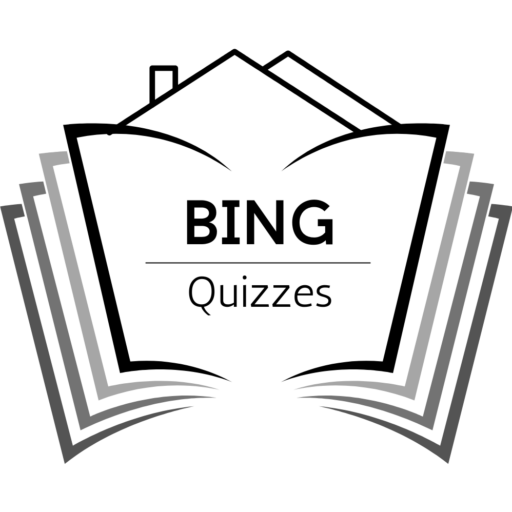Did you know that the letter “E” is the most frequently used letter in the English language? If you’ve ever played a game of Scrabble or tried your hand at a crossword puzzle, you might have sensed that “E” plays a starring role. This unassuming vowel holds the key to a lot more than just being a letter in the alphabet. Let’s explore the fascinating world of “E,” its prevalence, and some quirky facts that’ll make you appreciate this letter even more.
The Frequency of “E”: A Statistical Marvel
In any given text, “E” pops up more than any other letter. Studies show that it accounts for roughly 13% of all letters used in English writing. To put that into perspective, if you were to write a novel of 100,000 words, you would use the letter “E” about 13,000 times!
But why is this letter so popular? Here are a few reasons:
🔹 It appears in many common words like “the,” “be,” “he,” and “she.”
🔹 It’s crucial for forming plurals and verb tenses, making it a linguistic powerhouse.
🔹 It’s often found in everyday vocabulary, making it essential for communication.
Fun Facts About the Letter “E”
Now that we’ve established “E” as the heavyweight champion of the alphabet, let’s dive into some fun facts that might surprise you:
1️⃣ Longest Word Without “E”: Did you know that the longest word in the English language that doesn’t contain the letter “E” is “floccinaucinihilipilification”? This 29-letter word means the act of estimating something as worthless. Talk about a mouthful!
2️⃣ The Lipogram Challenge: Writers have attempted to create entire works without using the letter “E.” One of the most famous is Ernest Vincent Wright’s novel “Gadsby,” which is 50,000 words long and completely omits “E.” Now that’s dedication!
3️⃣ E in Literature: The letter “E” has made its mark in literature, too. Many authors, including Edgar Allan Poe and Mark Twain, have played with the letter’s prominence in their works, sometimes using it to create unique styles or challenges.
The Importance of “E” in Everyday Language
The letter “E” isn’t just a statistical anomaly; it plays a vital role in our daily conversations. Here are some reasons why “E” is essential:
🔹 Communication: It helps form essential words that we use every day. Words like “yes,” “we,” and “me” are all E-heavy.
🔹 Emphasis: The letter is often used to convey emotion in words like “excited,” “happy,” and “empathy.”
🔹 Education: In teaching phonetics and spelling, “E” is a common focus, helping learners grasp the basics of the language.
How to Embrace the Power of “E”
Want to make the most of this letter in your writing? Here are some tips to keep in mind:
🛠 Use “E” to Your Advantage: Incorporate “E” into your vocabulary to enhance your writing. The more you use it, the more natural it will feel.
🛠 Play Word Games: Engage in games like Scrabble or Boggle, where you can flex your linguistic muscles and see just how many “E” words you can come up with.
🛠 Explore E-less Writing: Challenge yourself by writing short stories or poems without using the letter “E.” It’s a fun way to stretch your creativity!
Key Takeaway
In the grand scheme of the English language, the letter “E” is not just a vowel; it’s a linguistic superstar that influences everything from communication to literature. Its omnipresence in our daily lives is a testament to its importance. So, the next time you jot down a note or type an email, take a moment to appreciate the humble yet mighty letter “E.”
Embrace its power, and who knows? You might just find yourself crafting sentences that are as engaging as they are efficient!
